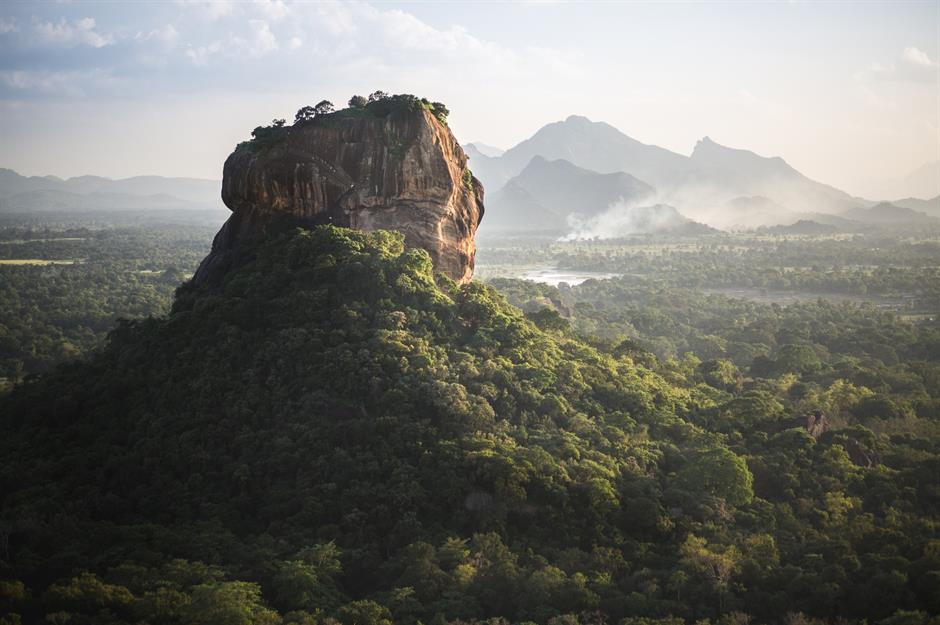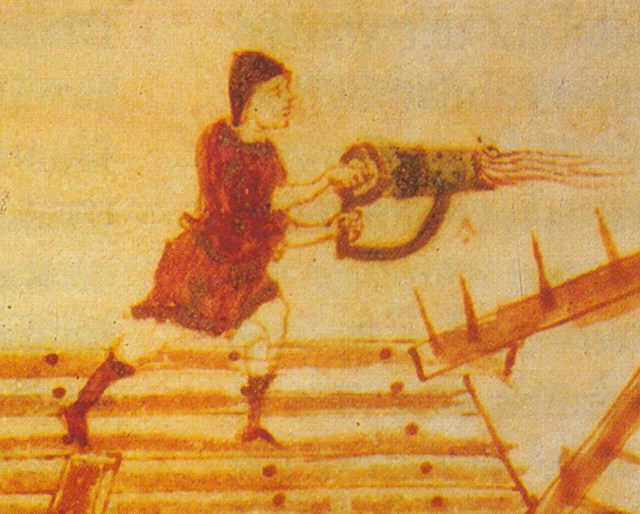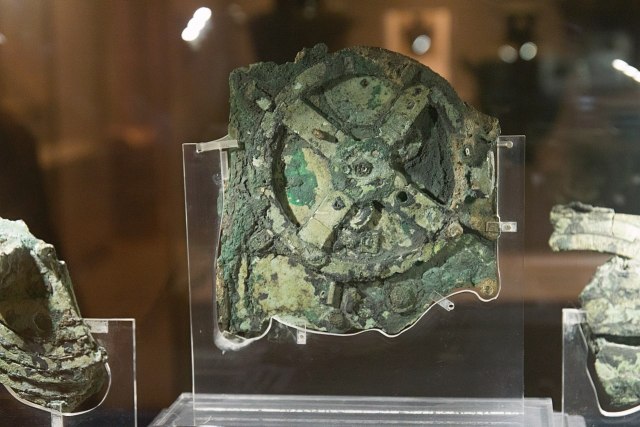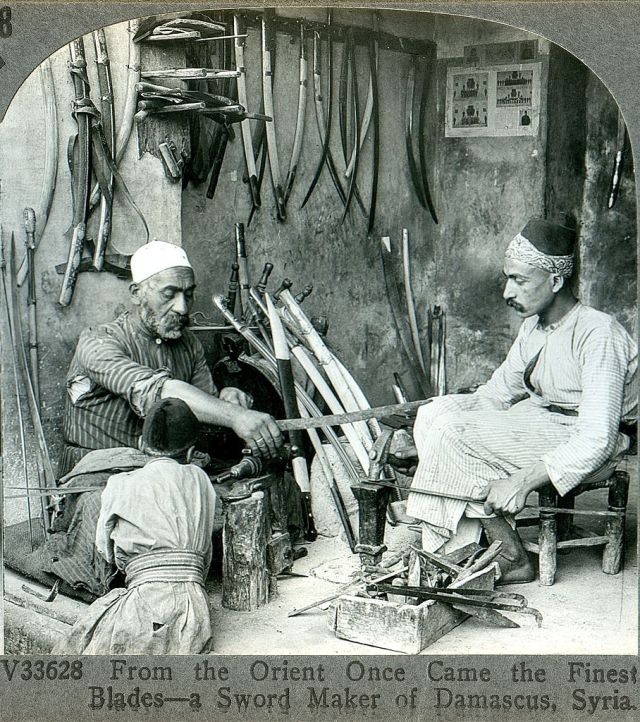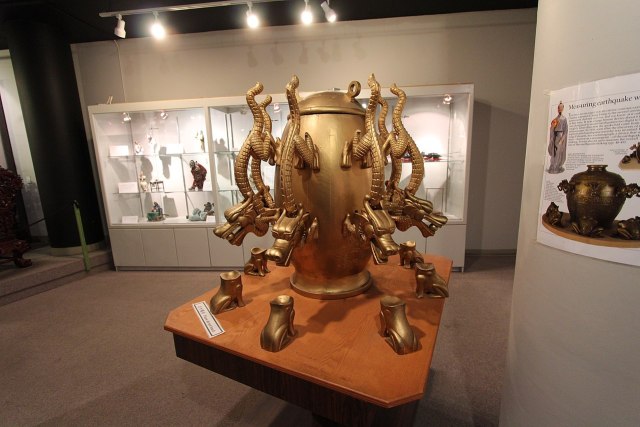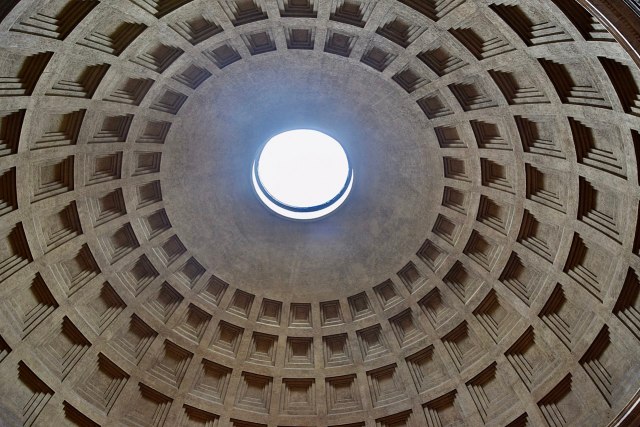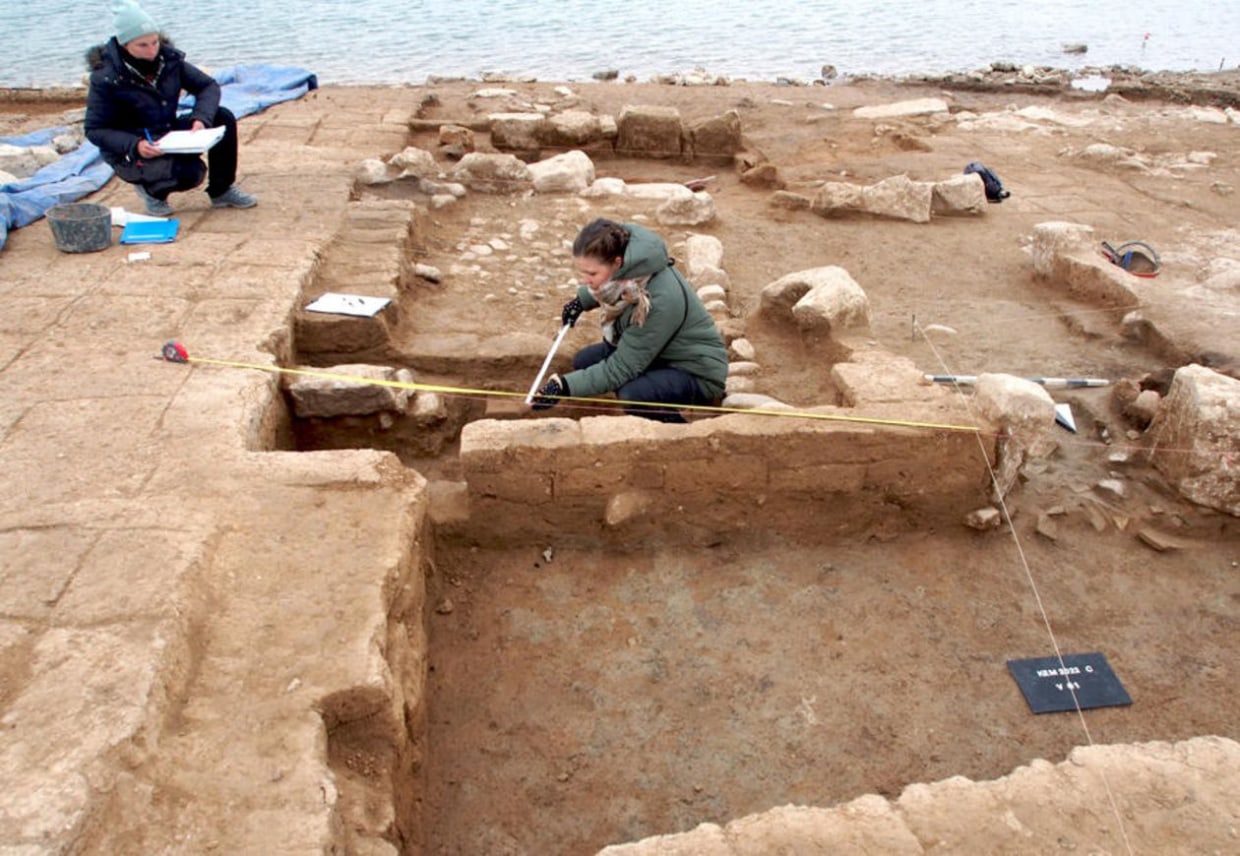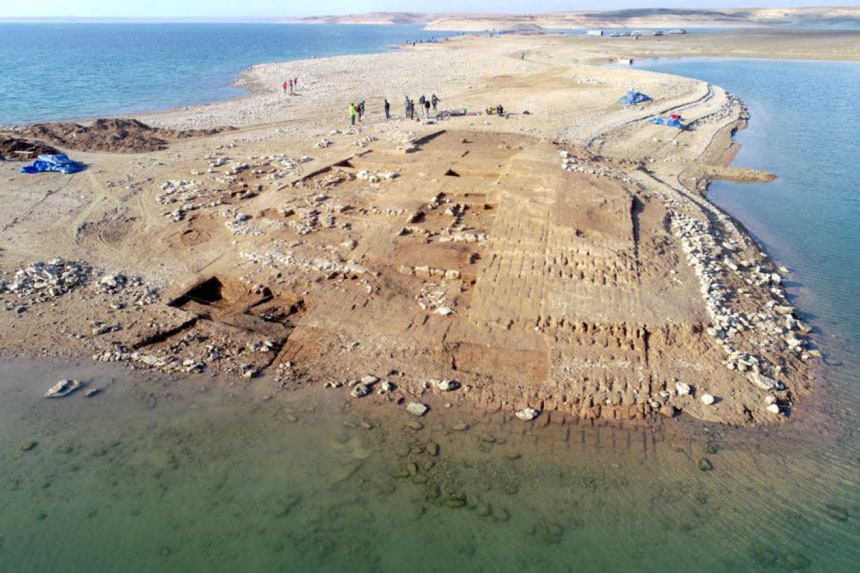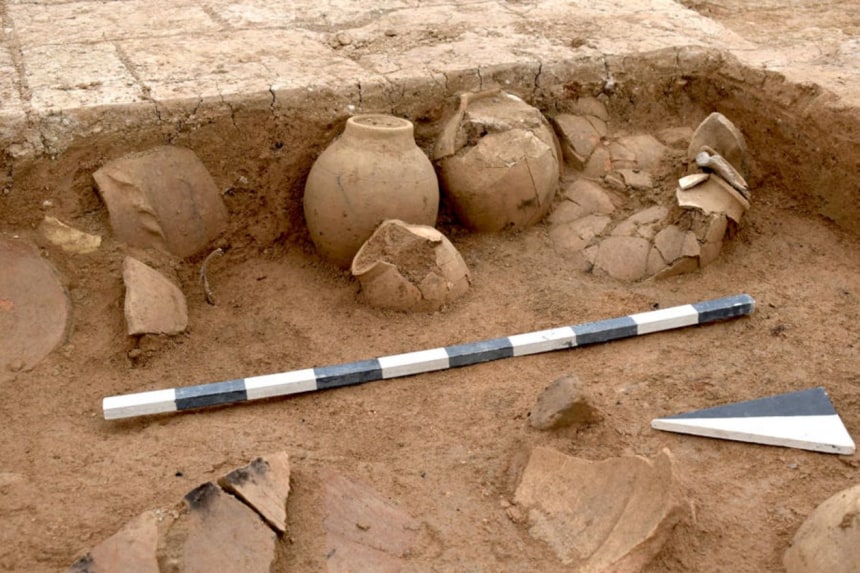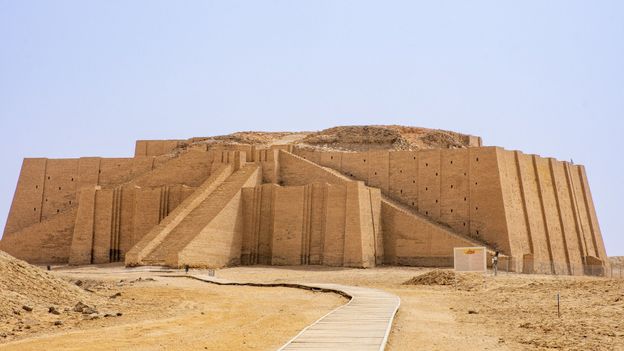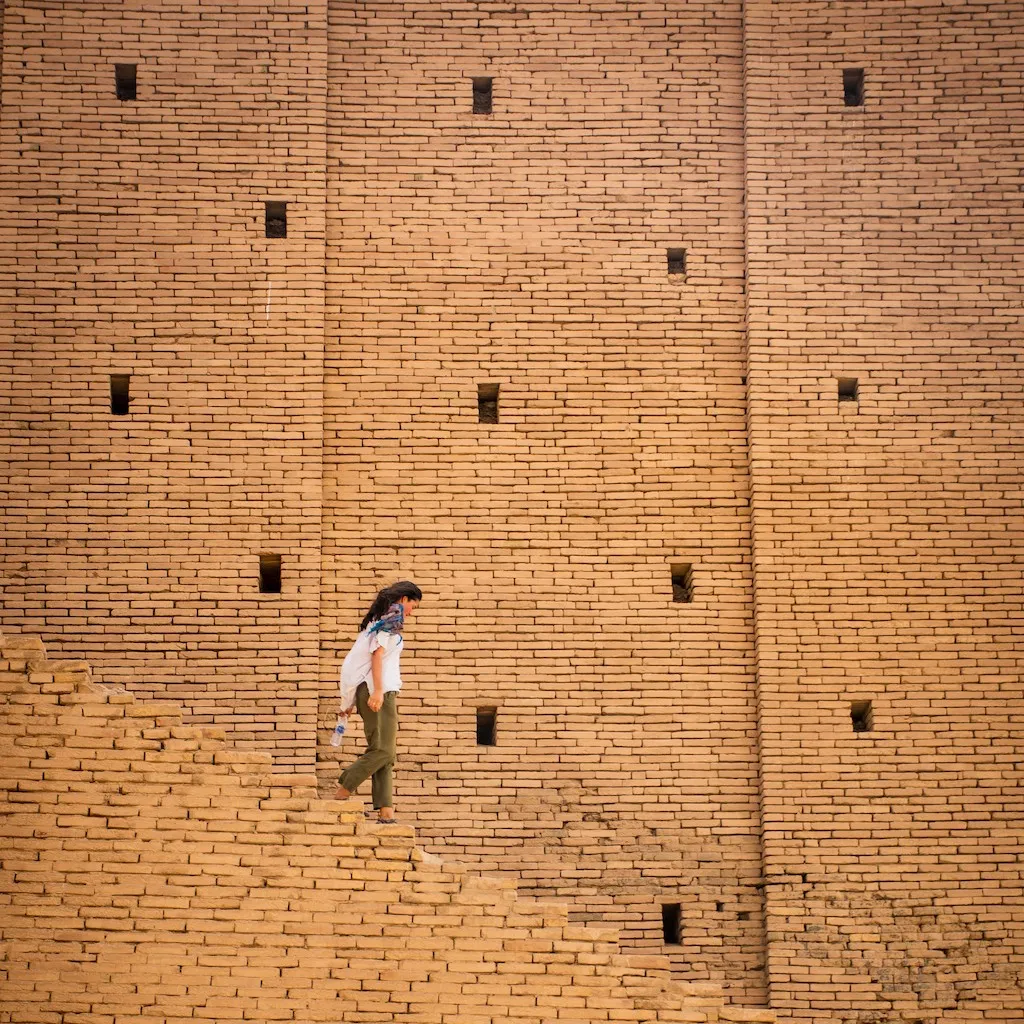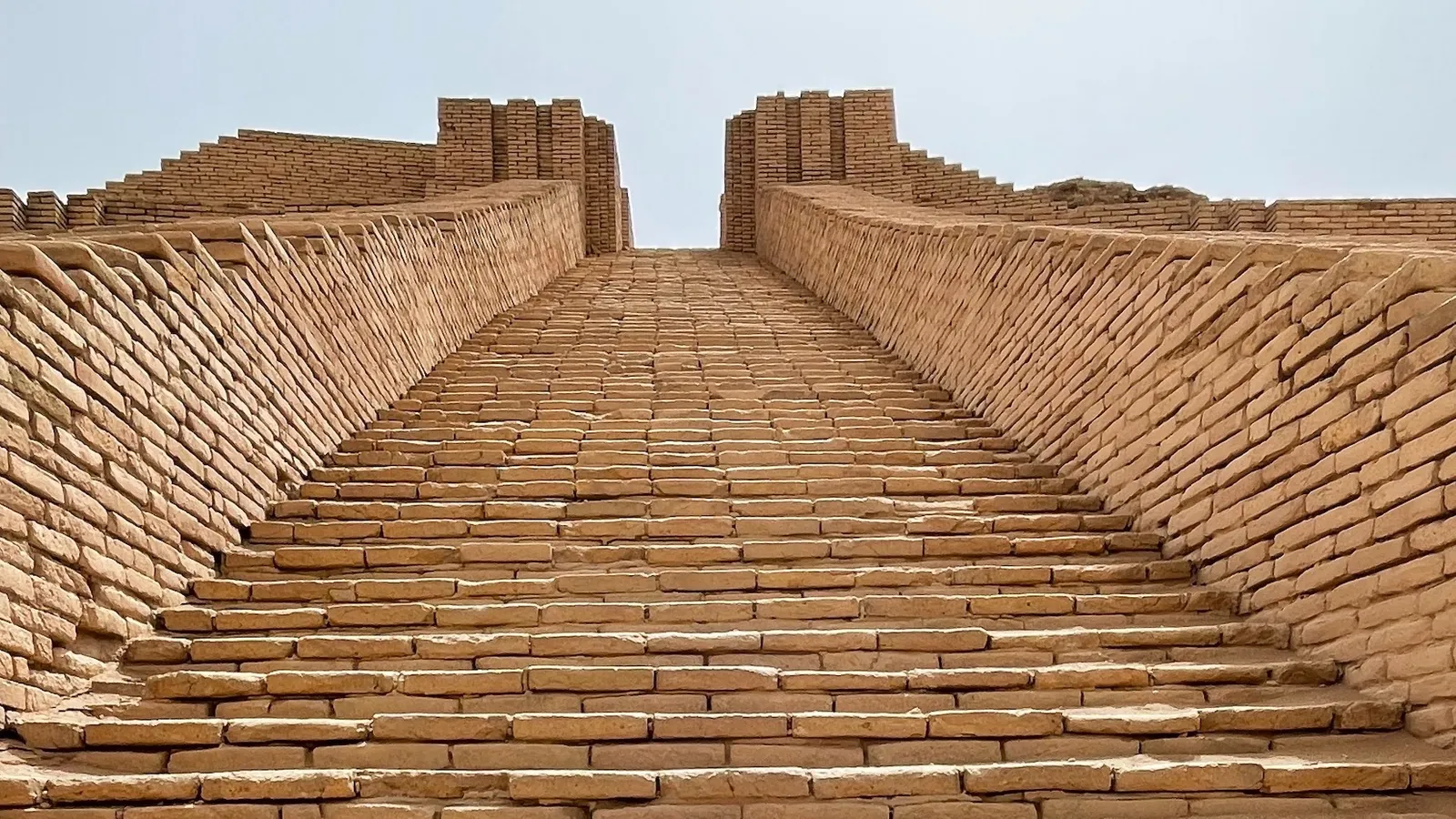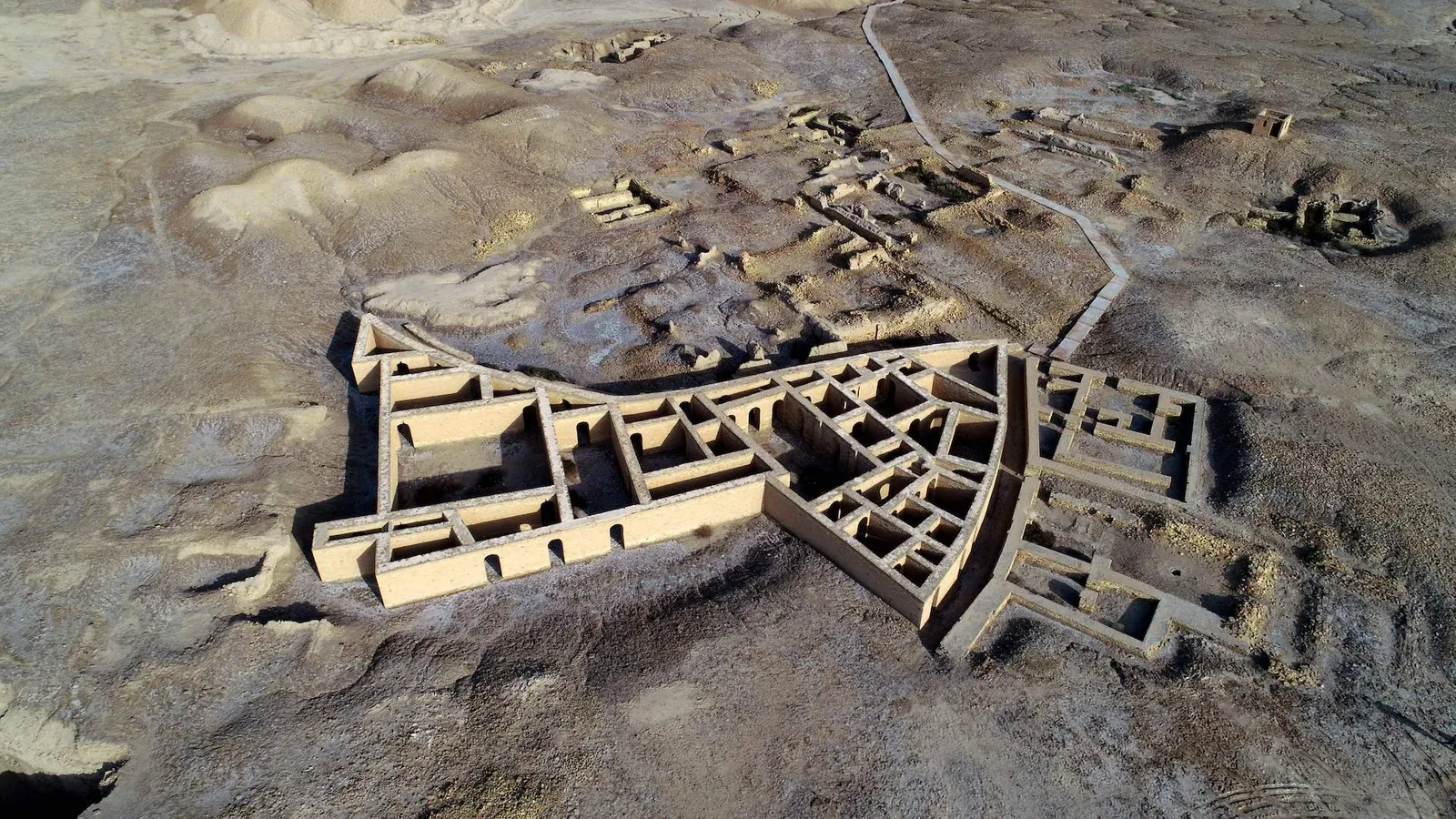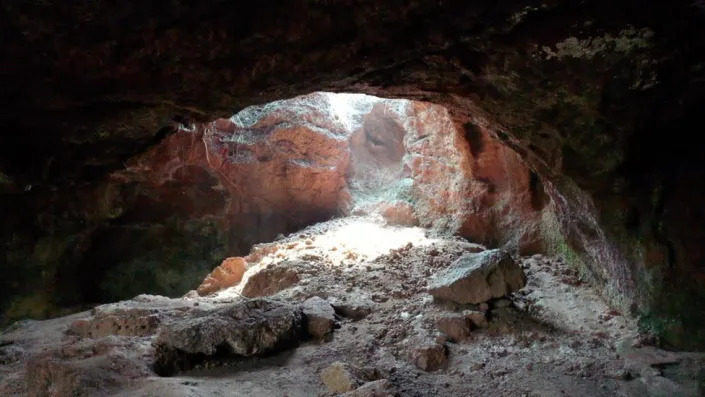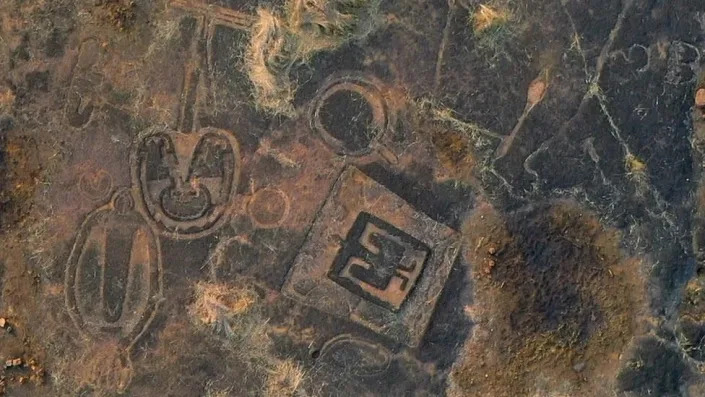The Dolmen of Guadalperal, a Bronze Age stone monument newly exposed by plummeting water levels in Europe, is now imperiled by tourists.

The Dolmen of Guadalperal, a megalithic archaeological site exposed by drought at the Valdecañas reservoir in western Spain.Credit...Pierre-Philippe Marcou/Agence France-Presse — Getty Images
Like the skeleton of an extinct sea monster, the Dolmen of Guadalperal has resurfaced from the depths of the Valdecañas reservoir in western Spain, where Europe’s persistent drought has caused water levels to plummet and submerged monuments to come to light. The remnants of this Bronze Age sepulcher, nicknamed the Spanish Stonehenge, are now fully exposed for only the fifth time since the area was deliberately flooded in 1963 as part of a rural development project.
Dolmens were single-chambered tombs that often combined religious ceremony with precise sun sightings. The one that just reappeared in Spain dates to the fourth or fifth millennium B.C., which makes it as much as 2,000 years older than its Celtic cousin on the Salisbury Plain in England.
What remains of the Guadalperal complex is a ring of quartzite, 117 feet in diameter, surrounding 144 jagged granite standing stones, many of which are no longer standing. The stones, or menhirs — some as tall as six feet — buttressed a massive capstone set in a tumulus, or a mound of earth and pebbles. Both the capstone and the tumulus were dismantled in 1925 during an excavation led by Hugo Obermaier, a Spanish-German anthropologist and prehistorian.
Primitiva Bueno Ramírez, an archaeologist at the University of Alcalá in Madrid who has studied this dolmen for three decades, sees the menhirs as frozen fragments of history. She called their reappearance “the past emerging from the waters.”
Angel Castaño, a philologist who lives near the artificial lake and serves as the president of a local cultural association, likens the megalith to a gigantic eye gazing into prehistoric Spain. “It helps you to remember that the place was, for millenniums, a strategic gateway connecting the south and the north of the Iberian Peninsula,” he said. “The dolmen overlooked one of the few spots where it was possible to cross the Tagus River, which divided the west half of Spain from the east. The place was hugely important until bridges were built a few centuries ago.”
An atmospheric high-pressure system driven by climate change has left parts of the Iberian Peninsula at their driest in 1,200 years, according to a modeling study published in July in the journal Nature Geoscience. Artificial lakes, which supply water to homes, farms and factories, dropped to 36 percent of capacity on average in early August, well below the 10-year average of 61 percent. (The water level in the Valdecañas reservoir currently hovers at 28 percent of capacity.)
Dozens of sunken landmarks — churches, cemeteries, bridges, roads, archaeological sites — have recently resurfaced during the prolonged dry spell, which made this July the hottest month in Spain since at least 1961. In February, the abandoned Galician village of Aceredo, swamped by a dam in 1992, became visible after the drought nearly emptied the Alto Lindoso reservoir. This summer, at the Buendia reservoir east of Madrid, receding waters exposed the ruins of a village and bathhouses, caked in dried mud. In the Catalan town of Sant Romà de Sau, which vanished from view in 1965 when the Sau dam was built, an 11th-century Lombard Romanesque church reappeared, still intact. Normally, only the church’s bell tower pierces the water’s surface.

An elevated view of the ruins of a small village, caked in mud and missing roofs and strewn with debris, which line the edge of a reservoir that reflects the clouds in the sky. In the distance, a bridge crosses the reservoir and mountains line the horizon.
The former village of Aceredo, submerged in 1992 to make way for the Alto Lindoso reservoir.Credit...Carmelo Alen/Agence France-Presse — Getty Images

What’s left of the La Isabela bathhouses, seen from above, in the drying Buendia reservoir.Credit...Susana Vera/Reuters

A view from directly overhead shows the Guadalperal dolmen and the surrounding circles of stone and earth at the edge of the reservoir. A tiny boat sits at the edge of the shore.
The Guadalperal complex seen from above, showing the ring of quartzite, 117 feet in diameter, surrounding the 144 menhirs.Credit...Silvio Castellanos/Reuters

The church of Sant Romà de Sau, which vanished in 1965 when the Sau reservoir was made.Credit...Josep Lago/Agence France-Presse — Getty Images
When Dr. Obermaier and his team unearthed the Dolmen of Guadalperal a century ago, the ruins squatted on a cliff high above the river. He had been encouraged to explore the hilltop by his sponsor, the Duke of Alba, who presided over the Royal Academy of History and was an early champion of archaeology in Spain. (Dr. Obermaier, an ordained priest, moonlighted as chaplain of the House of Alba.) Guadalperal was then the property of the duke’s brother, the Duke of Peñaranda de Duero.
The municipality of Peraleda de la Mata, where the dolmen is situated, has an embarrassment of Paleolithic riches. “The first evidence for agricultural practices and livestock breeding comes from an Early Neolithic site in the area that we excavated several years ago,” said Enrique Cerrillo Cuenca, a professor of prehistory at Complutense University of Madrid. “We know that communities around 5,200 B.C. were storing aliments, collecting acorns and harvesting cereals, among other activities.”
Dr. Obermaier’s survey of the local terrain pointed to the presence of a long barrow, an elongated stone monument to the dead. It wasn’t long before his team dug up the dolmen’s entryway, a portal so narrow that the structure could have been built by benevolent giants for a colony of hobbits. The chamber in which the dead presumably would have been interred, which today is a central, open oval 16 feet across, was entered through a corridor five feet wide and 69 feet long. “The builders obviously wanted it dark and mysterious, maybe to highlight the amazing light of the equinox when it entered,” Mr. Castaño said.
Among the items recovered during the dig were pots, arrows, bows, axes, flint knives, ceramics, pendants and a hole-puncher made of copper. The researchers discovered a Roman coin, but no human remains. The crew restored some of the fallen menhirs to their rightful places, reinforced the corridor with concrete and made sketches of any engravings they found.
Dr. Overmaier’s research on the site was never published during his lifetime. He became a citizen of Spain in 1924 and, at the start of the Spanish Civil War, went into exile in Switzerland, where he died in 1946. Fourteen years later, two German archaeologists, Georg and Vera Leisner, adapted his notes into a monograph.

A ground-level view of one of the dolmen in the foreground, behind which a tourist wearing a backpack takes a photo. There are several other stones visible, blocking a setting sun.
Tourists visiting the Dolmen of Guadalperal, which can be reached on boats operated by a private firm, although archaeologists discourage visits to the site.Credit...Pierre-Philippe Marcou/Agence France-Presse — Getty Images
The publication coincided with a wide-ranging civil engineering scheme, undertaken by the Spanish dictator Francisco Franco, that involved the construction of hydroelectric dams. By 1963, the dolmen and vestiges of the Roman city Augustóbriga were buried at the bottom of the Valdecañas reservoir. In all, Dr. Bueno and her colleagues have identified 200 underwater Bronze Age and Copper Age sites.
Although an Augustóbriga aqueduct, paved roads and thermal baths were sacrificed to the dam, a second-century A.D. temple, known as Los Mármoles (the Marbles), was dismantled stone by stone and reassembled on higher ground four miles away. The 20th-century inhabitants of the settlement were relocated, too.
Since resurfacing in the summer of 2019, the Dolmen of Guadalperal has re-emerged every July, only to be swallowed by the lake again every September. Mr. Castaño and his organization, Raíces de Peraleda (the Roots of Peraleda), support a petition drive to have the government move the cracked and toppling megaliths to a new location on permanently dry land. “The combination of climate change and new electricity policies is very bad news for the preservation of the dolmen, since changes in the environment rapidly weaken the stones,” Mr. Castaño said.
The exposed monument is also imperiled by tourists, many wielding smartphones and selfie sticks, who reach the site on boats operated by a private firm. “Human presence on the site is very detrimental,” Dr. Bueno said. “In our last measurements we verified that the constant trampling of visitors from 2019 to 2021 caused a decrease in the sediments, due to their plasticity, which left the dolmen’s supports almost without a base.”
With so much unmonitored traffic at the monument, Mr. Castaño is concerned about the possible damage to the fingerlike menhir at the entrance to the burial vault. The slab is engraved with a vaguely anthropomorphic shape on one side and a squiggle on the other. Mr. Castaño believes that the squiggle depicts the contours of the Tagus before the dam was erected. A crook in the squiggle, he said, corresponds to a “strange bend” in old maps of the river. “If the curvy line does represent the ancient course of the Tagus, the menhir may be the oldest realistic map in the world,” he said.
Dr. Bueno demurred. “The hypothesis of a map is based on a pareidolia,” she said, meaning the tendency for perception to impose a meaningful interpretation on an ambiguous visual pattern. Dr. Bueno noted that the squiggle is geometric and similar to twisty markings found in megalithic art across Europe.
Her conclusion: It’s a snake.
https://www.nytimes.com/2022/09/09/scie ... pe=Article
